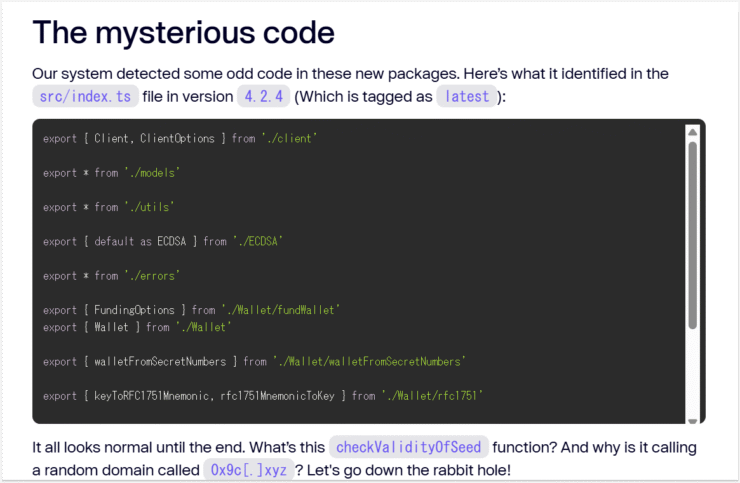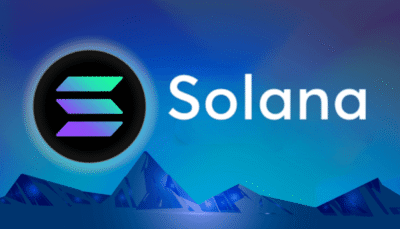The XRP Ledger Foundation has taken swift action to resolve a high-risk security flaw discovered in its official JavaScript library—software that developers rely on to build applications on the XRP Ledger blockchain.
In a post published on April 22, cybersecurity firm Aikido revealed that malicious actors had inserted a covert backdoor into the widely used open-source package. The exploit was specifically designed to extract private keys and compromise digital wallets, posing a severe risk to users interacting with the XRP Ledger.
“The package is used by hundreds of thousands of applications and websites,” Aikido warned.
“This represents a potentially catastrophic supply chain breach within the crypto ecosystem.”
Although the vulnerability resided in developer tooling and not the XRP Ledger blockchain itself, the impact could have been devastating had it not been detected and addressed promptly. In response, the Foundation swiftly upgraded the affected repository.

Projects Unaffected as Foundation Fixes Library Breach
Following the discovery of the critical vulnerability, the XRP Ledger Foundation confirmed that it has upgraded the compromised code repository to a clean, secure version. The update was announced via an official post on April 22.
Despite the potential severity of the breach, several high-profile projects in the XRP Ledger ecosystem—including XRPScan, First Ledger, and Gen3 Games—reported no impact from the compromised library. The prompt response appears to have contained the threat before any material damage was done.
Investor confidence in XRP remained largely unshaken. The XRP token rose by over 3.5% at the close of U.S. trading on the same day, according to CoinGecko data. With a current market capitalization surpassing $125 billion and a fully diluted valuation nearing $215 billion, XRP continues to hold its position as one of the largest assets in the crypto market.
XRP Ledger Rides Regulatory Tailwinds Toward Institutional Expansion
Originally launched in 2012, the XRP Ledger has cemented its position as one of the most established blockchain networks, with a strong focus on payments and decentralized finance (DeFi) tailored for institutions.
Recent months have seen a surge in institutional interest in the XRP ecosystem, driven largely by an increasingly favorable regulatory outlook in the United States. The political shift following crypto-friendly President Donald Trump’s election win last November has played a significant role in that momentum. According to CoinGecko, XRP’s price has soared by more than 300% since the election.
In a sign of growing mainstream appeal, multiple asset managers have submitted applications to the U.S. Securities and Exchange Commission (SEC) to launch exchange-traded funds (ETFs) that would hold XRP. The regulatory push is now complemented by Coinbase’s move to list XRP futures contracts on its U.S.-based derivatives exchange as of April 21.
Quick Facts
- The XRP Ledger Foundation discovered and patched a critical backdoor in its JavaScript library used for blockchain interactions.
- Security firm Aikido reported that the compromised library aimed to steal private keys and access cryptocurrency wallets.
- Key XRP ecosystem projects, including XRPScan and Gen3 Games, confirmed they were unaffected by the breach.
- Despite the incident, the XRP token’s price increased by over 3.5% on April 22, with a market cap surpassing $125 billion.





